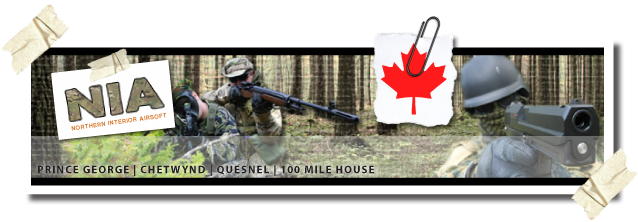When you play scenario games , and I mean Really play scenario games, the team must have practiced Immediate Action Drills. The Military calls them Battle Drills.
In these articles I will attempt to help you understand how the proper use of proven tactics will make you and your team better players. The term, enemy and opposing team are interchangeable in these articles and throughout the website.
These small routines can mean the difference in living and dieing on the battlefield. The military sees these drills as so important that units fail combat readiness tests if they cant perform them adequately. My squad practiced these drills and many more weekly. I can tell you from experience, they work. Are they hard? Not on the face of them but coordination is the key. That, and everyone being on the same sheet of paper. I remember practicing crossing the same damn road maybe 50 times in a day until I was satisfied we had it right. Then we would do it again with different people in each others position. Everyone had to know the other person's job.
So what are they and why are they so important? For our purposes, these questions need one more part. Why do I need these for paintball? Well, the answers are pretty simple but lets go through them one at a time.
What is an Immediate Action Drill?
Immediate action drills are predrilled, prerehearsed reactions to contact or anticipated contact with the enemy. Immediate action drills are most frequently used by fire teams and squads.
Why are they so important?
The enemy (other team) normally seeks contact with units only under favorable tactical circumstances; for example, ambushes. The small-unit encounters with the other teams are likely to be sudden, violent, and of short duration. Slow reactions to an ambush can result in excessive losses or the loss of an opportunity to punish the opposing team. Contact is often made at close range, particularly when operating in woods, forests, or heavy brush. Immediate action drills aid teams in reacting quickly and properly.
Why do I need these for paintball?
This is probably the easiest to answer. When we play paintball in the woods we normally play scenario/recball games. These can of course be very short or last days. The tactics used by the military and the tactics used by a well practiced team are basically the same. Almost NO teams practice these drills. IF your team does, they are head and shoulders above the other teams. Non-practiced and disorganized teams (the norm) will have little chance against a team ready with the tactical knowledge and ability to use those skills.
The tactics Iím showing here are real world and practiced. They are proven in real combat and I personally have seen them make the difference in a REALLY bad day and one Iím able to write about. Coincidently, Iíve used these drills in paintball with just a little bit of practice by only a couple of players on the team and even that was enough to completely annihilate the other team.
So lets start:
Immediate Action Drill (contact while on patrol) Assault
Given you have three members of your team moving down either side of a trail. Your team moves slowly and quietly. This could be a patrol (like in a long game) or your team is moving to an objective like the other sideís bunker.
You stagger your team. Everyone knows where his or her team members are and can see them. The lead member sees the enemy. Now this can be either sees or gets shot at but the contact is made. (Two things that make a difference here is IF your team HAS been seen or not.) For this drill assume your team has been compromised and all hell is about to break loose.
Your team goes into its immediate action drill. Which one depends on the situation but we will assault on this one.
Your lead member makes contact. They yell (while taking cover and shooting) CONTACT FRONT!! The rest of the team echoes the info, CONTACT FRONT!! And start to rush forward. Remember your lead guy is in a world of dog doo so get this moving fast. (REMEMBER THE WORD IMMEDIATE?) This is done in a quick leapfrog style.
Lead guy takes cover and lays down covering fire.
Second member moves up a to a position forward but to the other side of the trail if possible of the lead member, but not in his line of fire, of the first member and fires at the enemy while taking cover.
Third member is already moving and passes #2 and does the same thing.
Now the team member that was in the lead is the farthest back and they move up and repeat the drill.
No one moves unless the other team members are laying down covering fire. All team members yell they are Coming Through!! as they pass their forward team member. (This way you donít get shot in the back)
There is another point that needs to be brought up here. If a team member runs out of ammo he yells " LOADING!!" This lets the other members know that there is no fire coming from the loading member so the team waits until all are ready. When that team member is reloaded he signals by yelling. UP! or READY! The exact wording it up to the team. Loading under combat conditions and moving is another Immediate Action Drill and we will cover this in Team Work.
This advancing leap frog technique continues until either the enemy is severely painted, runs away or you find you have bitten off more than you can handle. If that happens we go into the next Drill.
See the BREAK CONTACT link in the tips and tactics section on the site for what to do when this isn't working !!
by
29RSavoy (pronounced 2-9 ER- Savoy)
